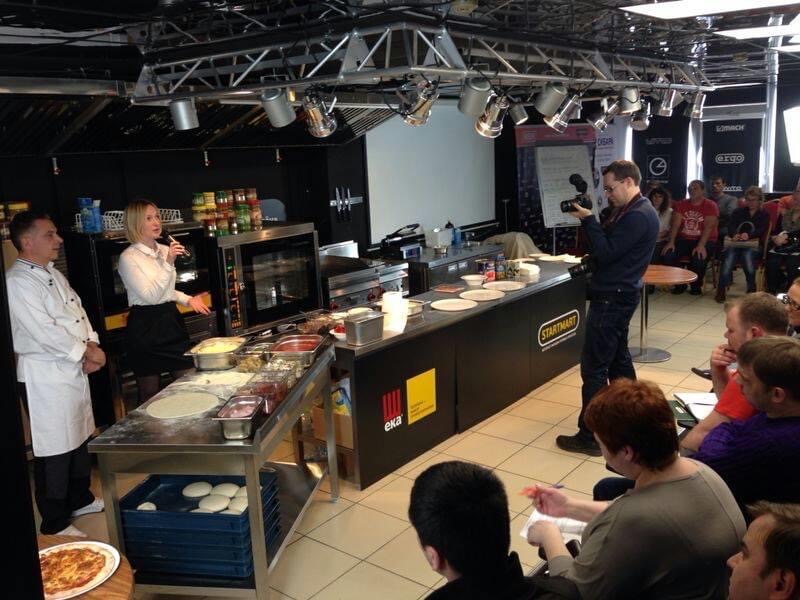How to choose good quality and healthy pasta. The Italian experts’ rules

How do you choose pasta?
One thing I am certain of is that good pasta is made of durum wheat flour. I don’t have a favorite brand of pasta, my choice depends on whether I am in the mood for spaghetti, penne or fusilli. But the large number of types and brands makes the choice hard. I wondered why one pasta seem tastier than the other, how to choose good quality durum pasta, and what I should look for on the label? All my Italian friends know what the best pasta is just by looking at it! So I decided to ask the experts.
Protein content: the more the better!
The brand chef of popular Moscow restaurants Luigi Magni confirms, “Choose pasta with high protein content. The percentage of protein is an indicator of the quality of durum wheat and semolina (a coarse flour made from durum wheat), where most of the healthy ingredients were conserved”.
What does protein do for pasta?
Protein gives pasta rigidity and flexibility. When cooking, the protein forms a kind of network around starch molecules in pasta and retains them inside. The more protein pasta has the less starch comes out. When a lot of starch gets lost, the water becomes muddy, and pasta less consistent. The minimum protein content in pasta is 10.5%. Good quality pasta has 14-15% of protein. The durum wheat genomics and breeding expert Vincenzo Natoli adds, “Not only the volume but also quality of the durum is important.” The manufacturers don’t specify the durum wheat variety and origin, and we only can evaluate its quality after the pasta is cooked.

The appearance of the pasta before and after cooking: should we pay attention to it?
De Checco Production Technician, Enzo Valente explains, “Good pasta will have a unique color which may differ from deep to pale yellow. White stripes or cracks on pasta is a sign of low moisture content in flour, black specks are a result of a poor sifting. White stripes or cracks are a result of faults when drying. The water after cooking should be transparent, and pasta should have a homogeneous consistency inside and on the surface”.
Why should pasta look attractive? During cooking these defects cause disruption in the pasta’s structure. This is important because the pasta taste depends on its ability to maintain structure, elasticity, and absorb oil and sauces. Drying is the most critical step in pasta production — the healthy ingredients are conserved in better condition if the right temperature is observed. If dried pasta looks ‘plastic’, it means the drying temperature exceeded 50-60°C. When heating at a temperature of more than 50-60°C the protein molecules denature and cease to perform their biological function, become inaccessible to digestive enzymes, and therefore, are not assimilated.
Is expensive pasta worth it? Factors that affect pricing.
The first factor is the way the pasta is produced. The Italian Campania region pasta manufacturers from Pasta di Gragnano Consortium declare, “We comply with certain conditions: in the production of pasta, water is used exclusively from a local natural source, the extrusion (pressing) of pasta is made through bronze dies. The best quality pasta is dried at a low temperature of up to 40 degrees for 24 to 60 hours”. Using these methods helps to retain nutrients in the pasta, and also improve the taste.
However, this process lengthens the production time and makes it unprofitable for the “low-price” segment of pasta production. That said, small manufacturers can still create a niche in the market. The “bronze extrusion” method is also used by some large companies for the production of premium lines.
The second factor affecting pricing is the cost of raw materials – durum wheat. The trend for “bio” or “organic” products has not bypassed pasta either, and the price of wheat obtained through organic cultivation is about two times higher than that of wheat grown in the traditional way.
Now I choose a high protein pasta and pay attention to its texture and color before adding a sauce. The important thing not to forget is to observe the cooking time indicated on the package. After all, the pasta should be “al dente”. Why? Well, that’s another story.
Mary Anisimova
